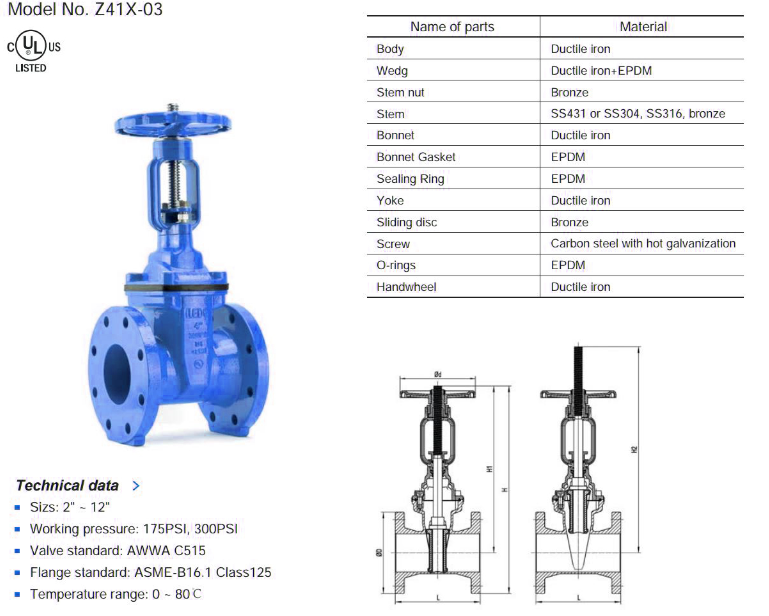
So you’ve got a new home and want to install a din gate valve. Congratulations! That is an essential step in ensuring your home’s safety and soundness. This blog post will walk you through installing a din gate valve from start to finish.
What is a Din Gate Valve?
A din gate valve is a valve used on gas lines to ensure the proper flow of gas. When opened, the valve creates a loud “Ding” noise. The purpose of the din gate valve is to prevent the backflow of gas into the system.
How to Install a Din Gate Valve
If your water line has a din gate valve installed, you need to remove the old valve and install the new one. You’ll need a replacement din gate valve, installation hardware, and a wrench to tighten the screws.
1. Shut off the water supply to your home. If there is no shutoff valve at the meter, turn off the main water line to your home by removing the cover on the front of your home’s water meter.
2. Verify that all necessary valves have been closed before beginning: Your house will only be able to option with shutting off these valves first!
3. Remove the old din gate valve by unscrewing it from its mounting bracket. If you can’t get it free, use a helper to pry it loose with a wrench while you hold onto the mounting bracket. Be careful not to damage either fixture in the process!
The old valve should come free quickly once it loosens up enough; if it doesn’t, give it another twist with a wrench and maybe some pliers until it does!
4. Install the new gmk gate valve by screwing it onto its mounting bracket and tightening the screws with a wrench. If everything looks good and there are no leaks, turn on the water supply to your home and test for leaks!
Now you’re done! Be sure to write down the specs for your new valve if you ever have to replace it.
What to Do If a Din Gate Valve Goes Out
If you’re having trouble with your din gate valve going out, here are a few things to try:
-Check the compression air pressure. If it’s low, the valve may not be able to handle the strain of constant opening and closing. Increase the air pressure until it reaches the operating specification.
-Test the valve by shutting it off and opening and closing it several times. It should operate each time smoothly.
-Clean and lubricate the inside of the valve body if necessary.
-Change or replace the valve if necessary.
Benefits of a Din Gate Valve
Din gate valves can control water flow in a piping system. They are also known as check valves because they test the water flow. Din gate valves can be installed in various locations in a piping system.
Disadvantages of a Din Gate Valve
Din gate valves are popular because they are small, lightweight, and easy to install. However, there are several disadvantages to using din gate valves:
- They are limited in the amount of pressure they can handle.
- They can be challenging to operate.
- They can be damaged by water or air pressure changes.
- They may only function properly if the pressure in the system is high enough.
- They are susceptible to moisture damage.
Tips for Configuring Your Valve
Valve Tips
To get the most out of your valve, here are a few tips to follow:
1. Keep your valves clean. Dirty valves reduce performance and can even cause leaks. Clean them with a damp cloth or spray cleaner regularly.
2. Check for proper installation. Ensure that the valve is correctly inserted into the pipeline, seated against the flange, and locked with screws. Also, make sure that there are no obstructions between the valve and the pipeline surface. If there are any problems with installation, contact a qualified professional.
3. Protect your valves from corrosion and wear using proper materials and procedures when installing pipelines and equipment made from metal, alloy steel, plastic, or other materials that can corrode or wear over time. Follow all manufacturer’s instructions for safe installation procedures.
4. Check your valve’s pressure relief valves and other fittings for proper operation and leakage. Ensure that the pressure relief valves are opened and closed correctly and that all other fittings are tight.
5. Check your valve’s flow rate and adjust as necessary. Based on the specific application and material being transported.
These are just a few tips to help you get the most out of your valves. Contact a qualified professional for more information or to get help with installation or repairs.
Conclusion
This article will show you how to install a din gate valve. By following the tips outlined in this article, you can install your gate valve easily and without any problems. That is an essential task if you want your system to function correctly. Following the steps outlined in this article, you can avoid problems and enjoy uninterrupted water flow for years to come.





